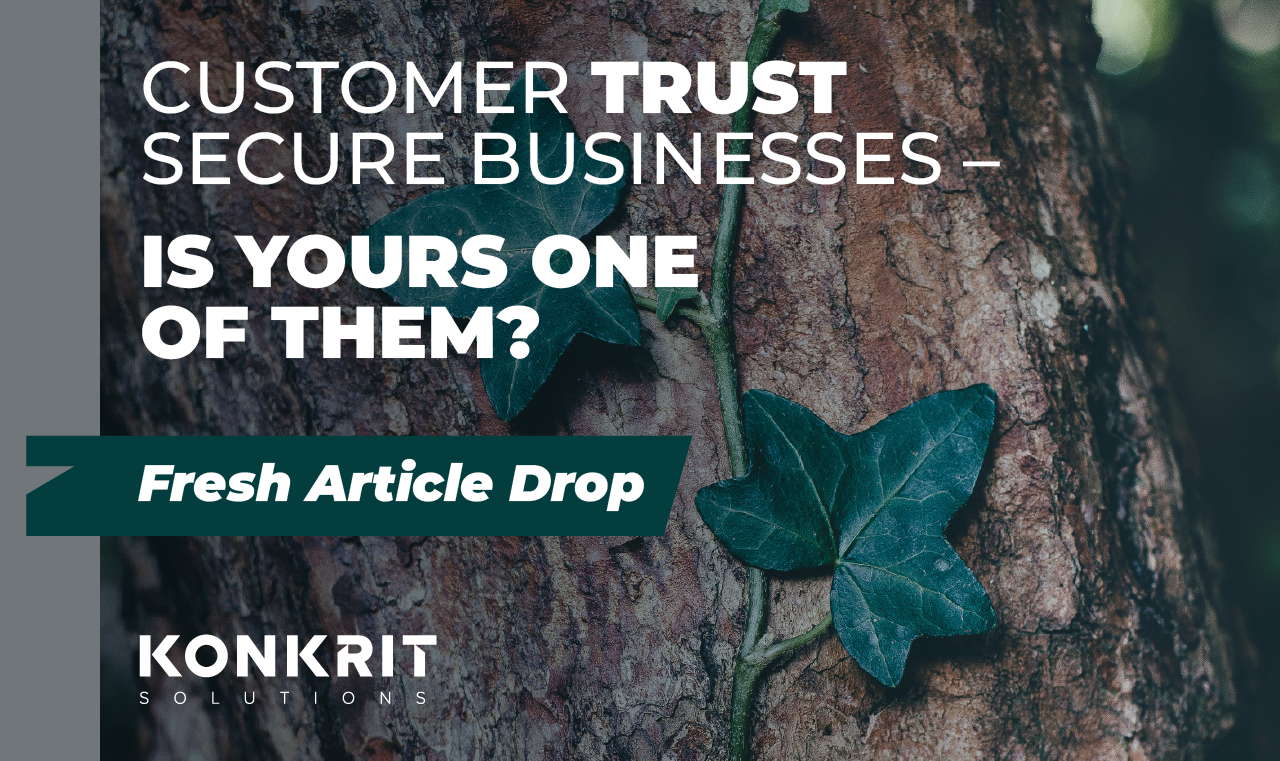Konkrit Solutions specializes in helping companies in various sectors with their digital transformation projects. In our experience, we’ve noticed that many departments within these companies resist making changes. Sometimes, employees in businesses that have been around for a while don’t like things to be different. However, for a business to succeed, it needs to keep evolving. It’s crucial to help employees understand that these changes are not only good for the company but also for their own growth and success.
Overcoming Resistance to Change in Organizations
Change is a constant in the business world. Whether prompted by technological advancements, market shifts, or internal restructuring, organizations must adapt to thrive. Despite its inevitability, change often faces a formidable opponent within the organizational ecosystem – resistance. In fact, resistance to change is not an exception but rather the norm in most organizations.
Understanding the Norm: Why Change Faces Resistance
Resistance to change is deeply rooted in human nature. Employees, comfortable in their routines and familiar work environments, may perceive change as a threat to their stability and competence. Fear of the unknown, concerns about job security, and the natural tendency to resist disruption all contribute to a collective hesitance.
Additionally, employees might resist change if they feel their voices are unheard or their opinions undervalued. Lack of clear communication and transparency from leadership can foster uncertainty, giving rise to resistance.
The Common Faces of Resistance
- Fear of Job Insecurity: Employees may fear that changes could lead to downsizing or restructuring, putting their job security at risk.
- Loss of Control: Change can disrupt established routines, leading employees to feel a loss of control over their tasks and responsibilities.
- Comfort with the Status Quo: People are creatures of habit, and any deviation from the norm can be met with reluctance, especially if the current system has proven successful in the past.
- Lack of Awareness and Understanding: Inadequate communication about the reasons for change and its potential benefits can result in confusion and resistance.
- Embracing Resistance as an Opportunity: Rather than viewing resistance as a barrier, organizations should see it as an opportunity for growth and improvement. Acknowledging that resistance is normal helps leaders tailor their change management strategies effectively.
Here are key approaches to navigate resistance:
- Communication is Key: The significance of transparent and consistent communication cannot be overstated. Clearly express the reasons for change, its advantages, and how it aligns with the organization’s overarching goals.
- Engage and Involve: Actively involve employees in the change process. Encourage them to share insights, address concerns, and emphasize the significance of their perspectives.
- Provide Support and Training: Implement thorough training programs to equip employees with the necessary skills for the new work environment. Offering support during the transitional phase builds confidence and facilitates a smoother adaptation process.
- Leadership Alignment: Ensure that leaders are aligned and demonstrate a commitment to the change. Their endorsement helps build trust and fosters a positive attitude toward change.
- Celebrate Small Wins: Break down larger changes into smaller, achievable milestones. Celebrate each success to build momentum and enthusiasm.
Conclusion: Embracing Change as a Collective Journey
In conclusion, resistance to change is not an anomaly but rather an inherent aspect of organizational dynamics. Recognizing this norm and proactively addressing it can transform resistance into a catalyst for positive transformation. By fostering a culture of open communication, engaging employees, and aligning leadership, organizations can navigate change successfully, turning resistance into a stepping stone toward a brighter future. Embracing change as a collective journey empowers organizations to adapt, innovate, and thrive in an ever-evolving business landscape.



